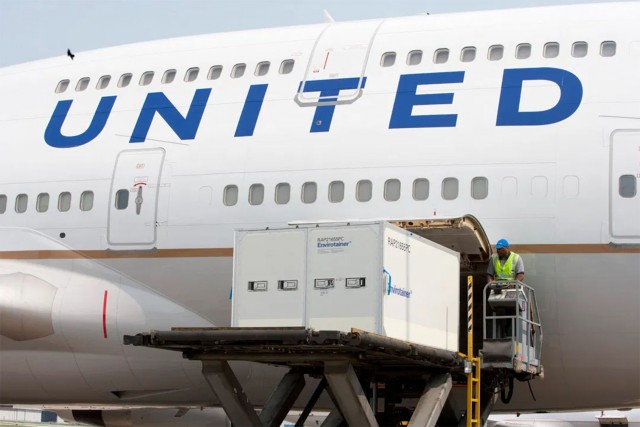Continued market uncertainties and (extended) public holidays contributed to a -4% drop in global air cargo demand in May 2021 versus the pre-Covid level in 2019, according to the latest industry volume, load factor and rates analysis by CLIVE Data Services and TAC Index.
To offer a meaningful perspective of the air cargo industry’s performance, CLIVE Data Services is continuing to focus on comparing the current state of the market to pre-Covid 2019 volume, cargo capacity and load factor data until at least Q3 of this year. This is being produced alongside the 2020 comparison.
After more positive indicators for the air cargo market in the first four months of the year, May 2021 data showed a less favourable trend, with the fall in demand joined by a second consecutive month-over-month drop in ‘dynamic loadfactor’ and airfreight rates, which peaked in early May, falling away towards the end of the month.
The global air cargo industry will now have to wait until the publication of June 2021 market data to determine if May’s public holiday disruptions explain the shift in demand or whether the positivity of April’s +1% growth versus the same month of 2019 created a ‘false dawn’ of a sustainable growth recovery for the rest of the year.
“There were several (extended) public holidays in May which were not present in May 2019 (China, Russia and Eid al-Fitr at the end of the Ramadan) which will have impacted the monthly growth rate in a negative manner. By how much is hard to tell - so May 2021 is more complex to qualify than to quantity. The monthly data leaves us with a question mark that is likely to go unanswered until we see June’s level of demand. There are signals in May’s data that may be a cause for concern – particularly the -9% decline in air cargo volumes ex Europe versus May 2019 – but it’s certainly far too soon to tell if we are seeing a structural change in the recovery of the last few quarters. Nonetheless, there are several indicators in May that the path of growth may be slowing,” said Niall van de Wouw, Managing Director of CLIVE Data Services.
May 2021 data versus the same month of 2020, when Covid restrictions caused severe disruption to the global aviation market, show +41% growth in chargeable weight, a +42% rise in available capacity, and +1% point increase in dynamic loadfactor.
TAC Index says higher rates in May are in line with still elevated load factors because of the capacity reduction in the market but it has also seen a downturn in prices on key tradelanes in recent weeks.
“Airfreight capacity is still scarce on many key trade lanes, so prices remain strong as economic activity picks up whilst passenger air capacity remains constrained due to restrictions on international travel. The BAI (Baltic Air Freight Indices) increased by 3% in May over April, but this is marked slowdown on the 17% growth seen in April-over-March,” added Gareth Sinclair of TAC Index.






